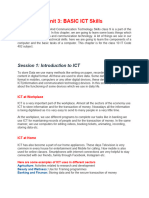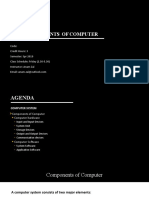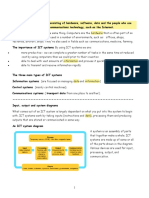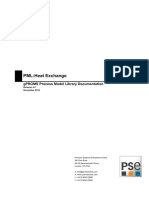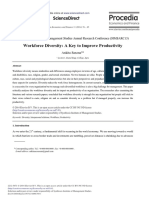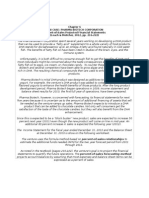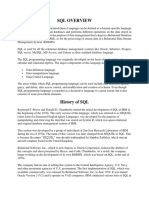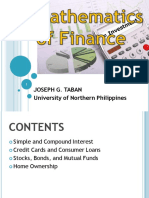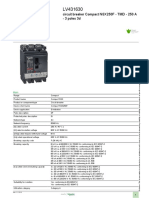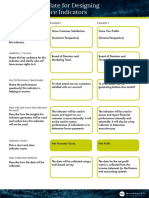0% found this document useful (0 votes)
317 views6 pagesUnit-3 Information and Communication Technology Skills-1
The document provides an overview of Information and Communication Technology (ICT), detailing its applications in various sectors such as workplace, home, agriculture, and healthcare. It discusses ICT tools like smartphones, tablets, and computers, including their components, input/output devices, software types, and memory storage. Additionally, it explains the significance of data storage and connections in modern technology.
Uploaded by
kv3jaipurexamCopyright
© © All Rights Reserved
We take content rights seriously. If you suspect this is your content, claim it here.
Available Formats
Download as DOCX, PDF, TXT or read online on Scribd
0% found this document useful (0 votes)
317 views6 pagesUnit-3 Information and Communication Technology Skills-1
The document provides an overview of Information and Communication Technology (ICT), detailing its applications in various sectors such as workplace, home, agriculture, and healthcare. It discusses ICT tools like smartphones, tablets, and computers, including their components, input/output devices, software types, and memory storage. Additionally, it explains the significance of data storage and connections in modern technology.
Uploaded by
kv3jaipurexamCopyright
© © All Rights Reserved
We take content rights seriously. If you suspect this is your content, claim it here.
Available Formats
Download as DOCX, PDF, TXT or read online on Scribd
/ 6











